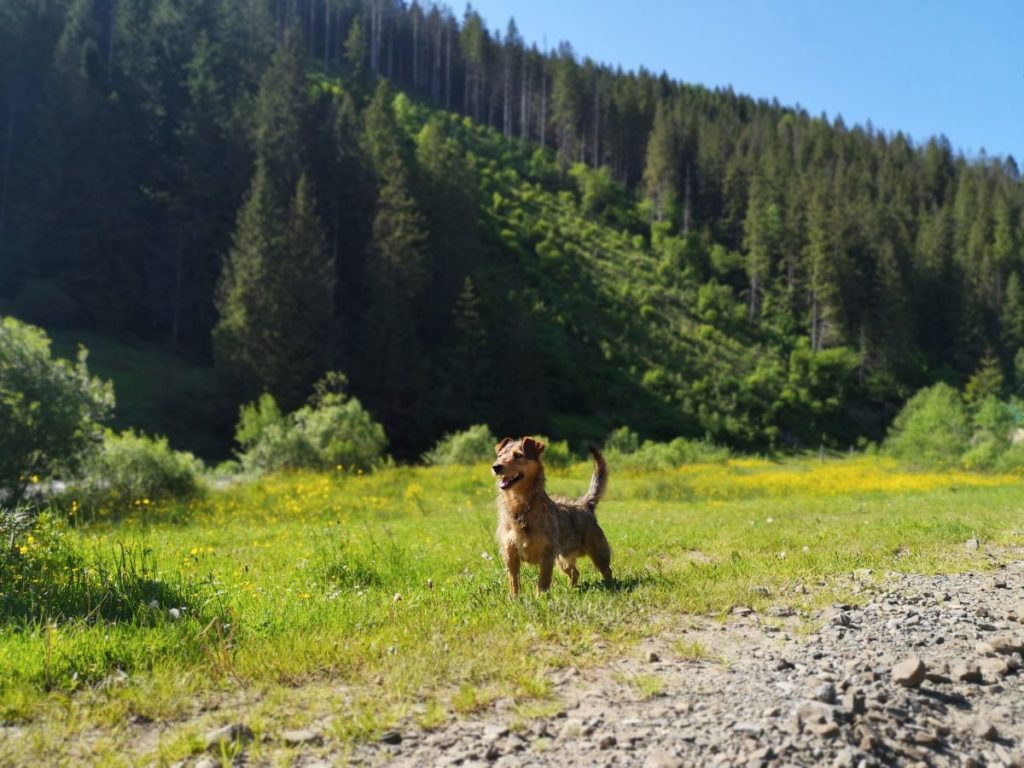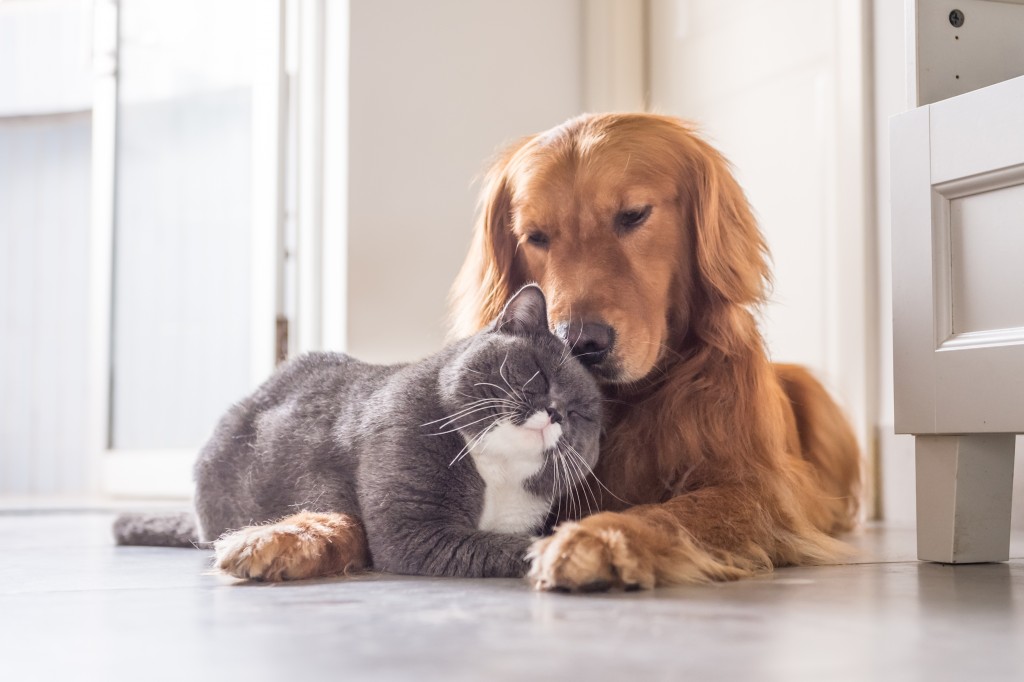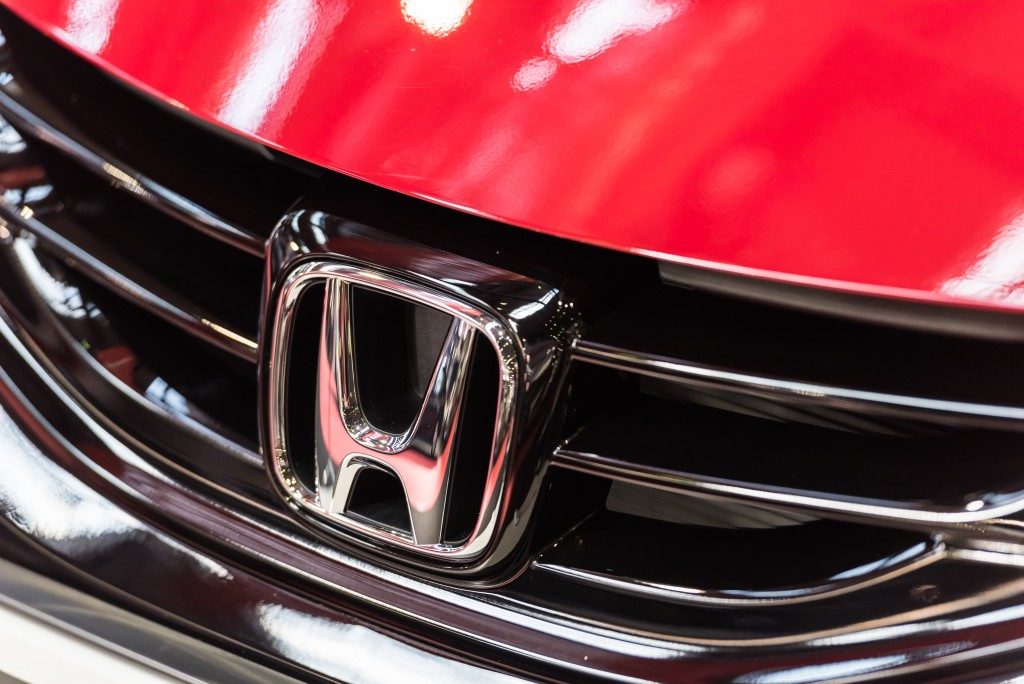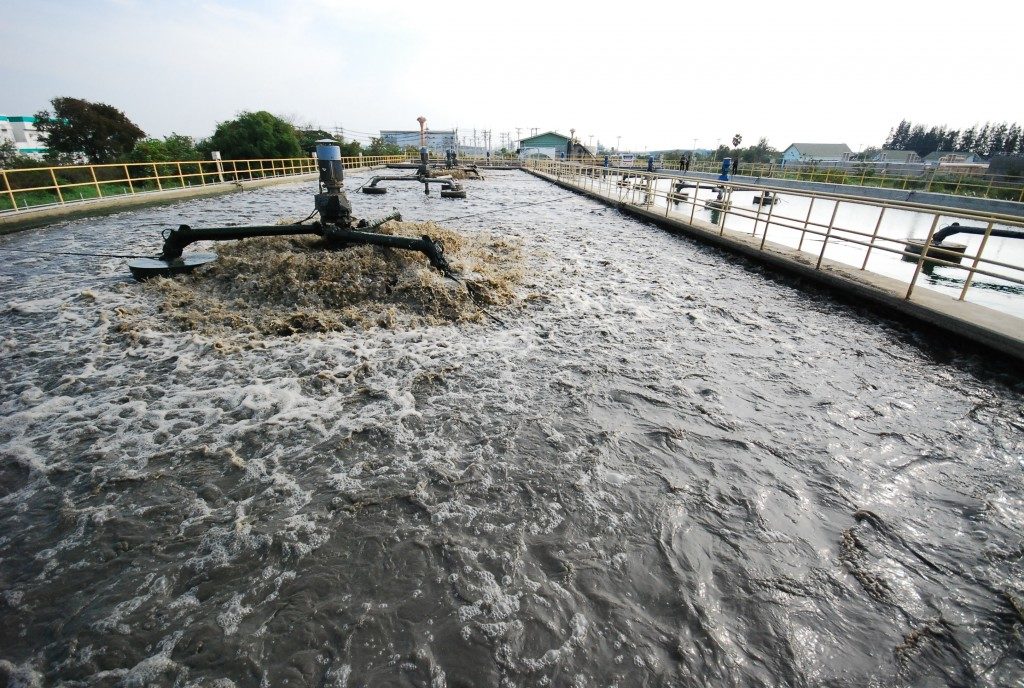Your gardening experience will be different once you have a dog in your house. As adorable as they are, they have destructive tendencies that will render your old gardening habits inadequate. The sooner you’re able to adapt. The lesser your problems will be.
Worried that this will lead to costly purchases? While you have fancy options, there are also high-quality alternatives that will not break your bank. Here are four of the most important concerns you need to address and the budget-friendly ways to deal with them:
Fence Properly
Not all gardens are properly fenced for dogs. This means the fence surrounding the perimeter of your garden and the ones that barricade your plants from your canine friends. Both are equally important because the former keeps your pets from making a pathway out, and the latter prevents them from making a snack of your flower bushes.
An inexpensive way to address your perimeter concerns is by looking up your options for concrete fencing. Concrete is a budget-friendly material that is durable in quality and flexible in design. The other great thing about it is that it doesn’t only upgrade your security and privacy; it also attenuates your dog’s barking and whining.
As for your plants, you can cage them using chicken wire. It’s an affordable and easy-to-use material that you can even design with shrubs and vines later on. Make sure that they’re tall enough to discourage your dogs from jumping over and that they’re far enough from the plants themselves to prevent dog urine from damaging their roots.

Add Dog Paths
The good thing about dogs is that they’re predictable creatures. Their tendency to pave trails can be readily addressed by creating dog paths. Once you have your perimeter fence and plant fence, avoid planting anything in its immediate vicinity. Because of their territorial tendencies, dogs naturally gravitate to those boundaries, making them the most prone to urinating and digging.
Instead of extending your lawn to those fences, place bricks or stones to outline a pathway for your dogs. They’ll eventually adapt and learn to use them whenever they take a trip to your garden.
Hardscaping
As your dog spends more time in your garden, you’ll begin to notice urine spots. These are the yellowish spots on your lawn that burned because of the high concentrations of nitrogen in your dog’s urine. If you don’t have the time to dilute them right after your dog pees, you’ll want to resort to hardscaping.
Hardscaping is simply the use of materials such as stones and bricks instead of grass. You can choose to cover your small lawn with them and resort to container gardening, or you can simply hardscape the portion nearest to your door. Doing so reduces the maintenance cost and effort of cleaning dog pee, as well as mending the burns on your lawn grass.
There’s an adjustment period
Dogs have different personalities and preferences. Some will like to dig, and some will prefer to keep their paws mud-free. There are other methods you can employ during the first few weeks or months of your down ownership. The important thing is that you take care of these three immediate concerns so that you can incorporate unique ones as you get to know your dogs better.





